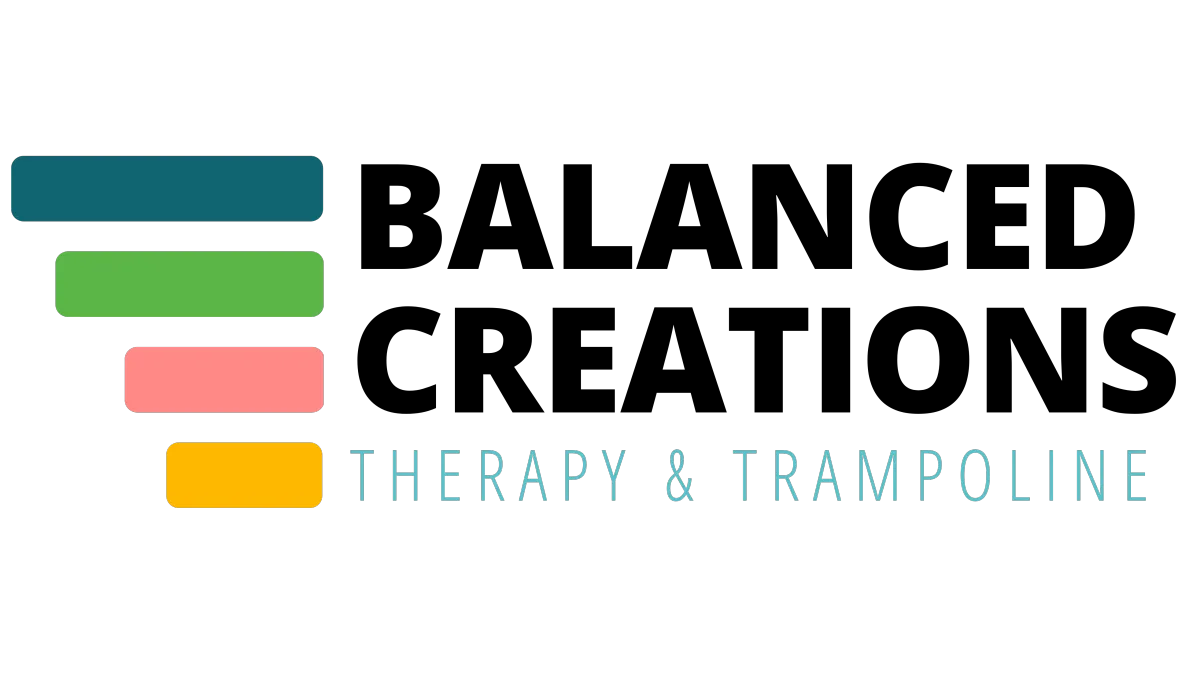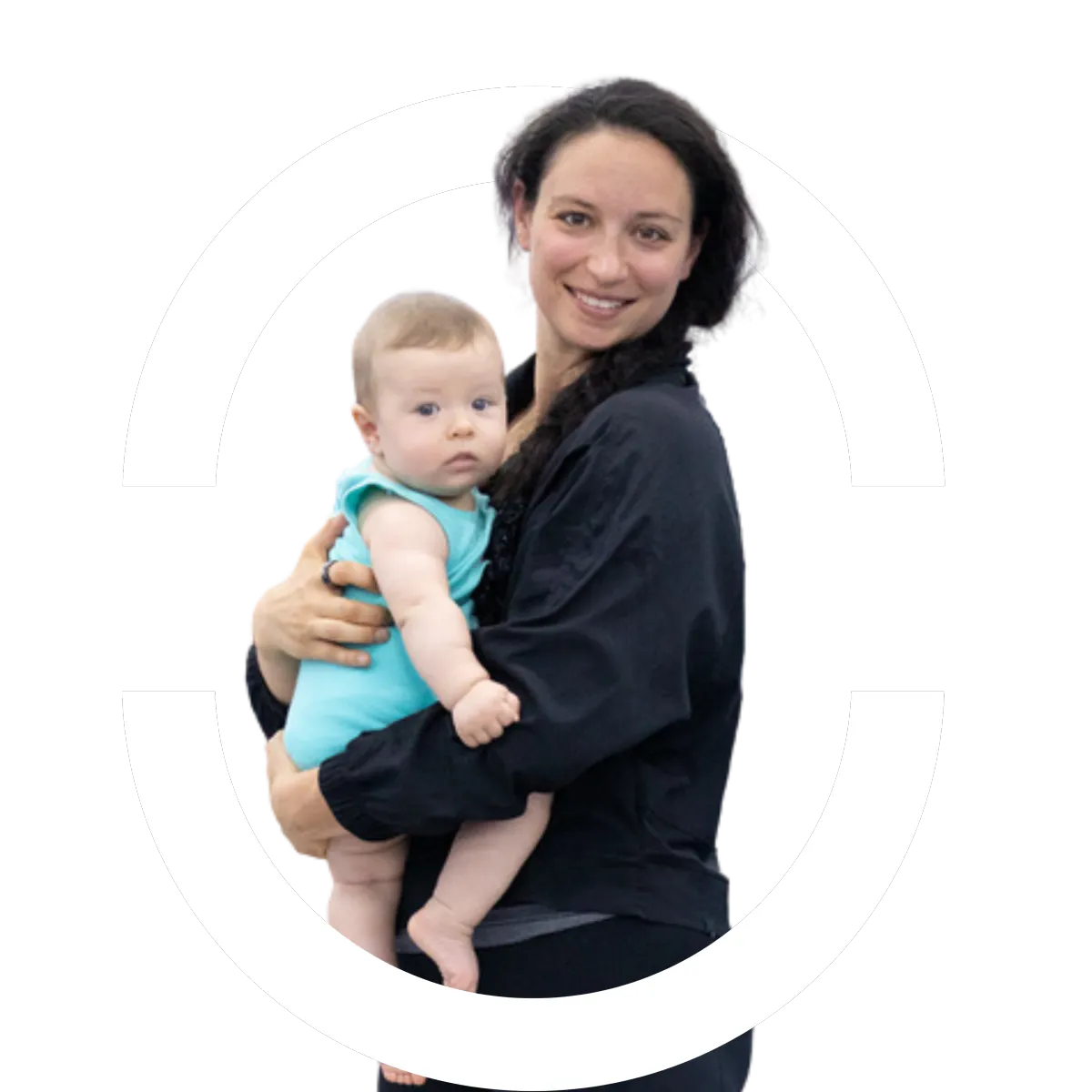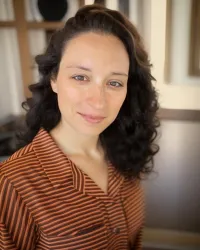JUMP > PLAY > THRIVE.
Building Strength and Independence through Pediatric Therapy in Fort Worth, Texas
Balanced Creations offers pediatric physical therapy, developmental movement education, and adaptive gymnastics in Fort Worth, Aledo, and Parker County. Our play-based, child-led, and neurodiversity-affirming approaches help children in the DFW area build confidence and skills that last a lifetime.
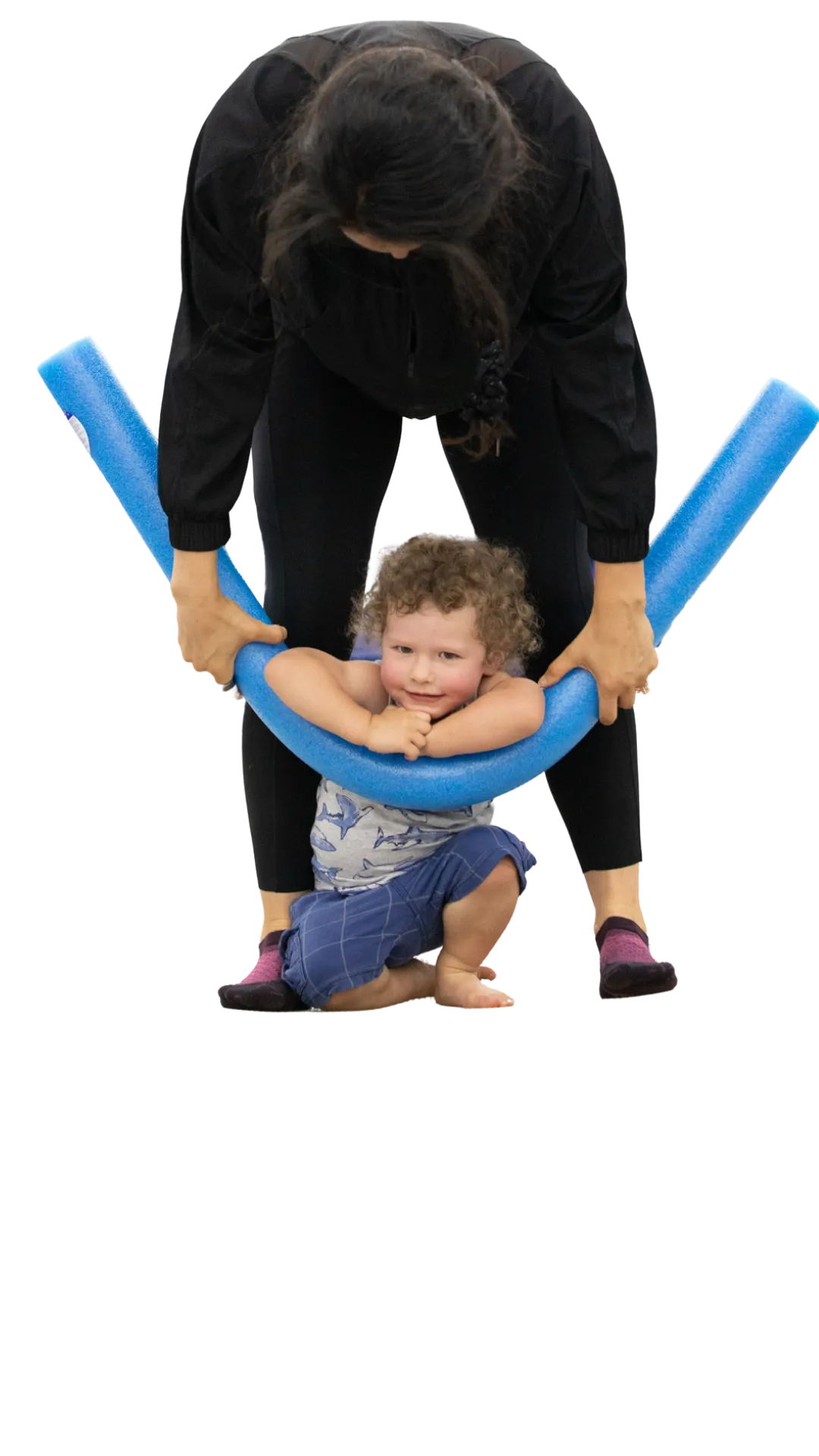

Play-based


Child-led


Neurodiversity-affirming


Therapeutic Trampoline
We create spaces and environments where every child's communication is heard and valued.
We are not just a therapy provider.
Through play-based, child-led, and neurodiversity-affirming practices, including therapeutic trampolining and adaptive gymnastics in the Fort Worth area, we're redefining wellness by helping children achieve meaningful growth through movement and play.
What got me started..
I started treating in a gymnastics environment after noticing a gap in the system—clients were graduating from physical therapy and unable to find ongoing recreational sports to maintain and grow the skills and confidence they had built. Determined to bridge that gap, I founded Balanced Creations Therapy & Trampoline to provide holistic, inclusive care beyond traditional therapy. Since then, I’ve witnessed children not only retain their skills but thrive in ways families never imagined possible, building confidence, independence, and joy through movement and play.
Building Balanced Brains Everyday
Pediatric Physical Therapy Services
Developmental pediatric physical therapy focuses on addressing the unique needs of infants, children, and adolescents who experience delays or challenges in their motor skills and functional movement development. Our physical therapy services are designed to optimize movement patterns, motor skills, and overall physical function, supporting each child’s growth and development in the Fort Worth and surrounding area.

Smiling Upside Down
Adaptive Gymnastics
Adaptive gymnastics involves modifying traditional gymnastics skills, progressions, and equipment to accommodate individuals with physical and cognitive disabilities, as well as neurodivergent children and adults. Our approach ensures full participation in gymnastics activities, fostering inclusivity and skill development for all abilities in Fort Worth and surrounding areas.
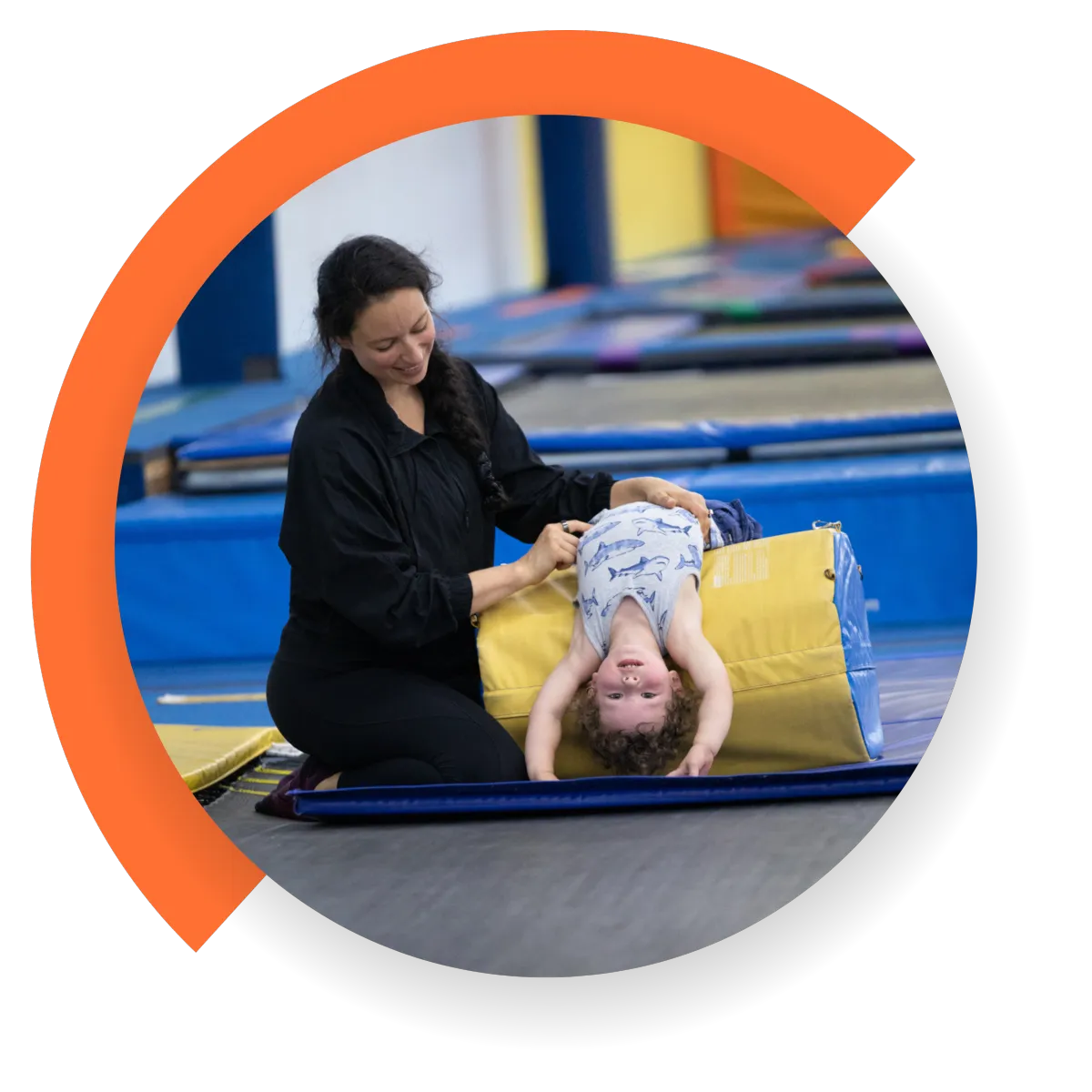
Service Locations
Offering pediatric therapy and adaptive gymnastics in West Fort Worth, Texas. We focus on play-based, child-led, and neurodiversity-affirming care to help every child thrive.
In-Home Service Areas in the North Texas Area Include: Aledo, Annetta, Weatherford, Willow Park, Hudson Oaks, White Settlement
(Please contact us to see if you live within our drive radius)
Pediatric Physical Therapy and Adaptive Gymnastics Classes
Pediatric Physical Therapist | Therapeutic Trampoline Specialist
Welcome!
Dr. Sigourney Weathers, PT, DPT
Founder of Balanced Creations Therapy & Trampoline. Sigourney specializes in play-based, child-led, neurodiversity-affirming therapy and teaches professionals how to use the trampoline as a purposeful therapeutic environment.
Resources for Parents and Clinicians
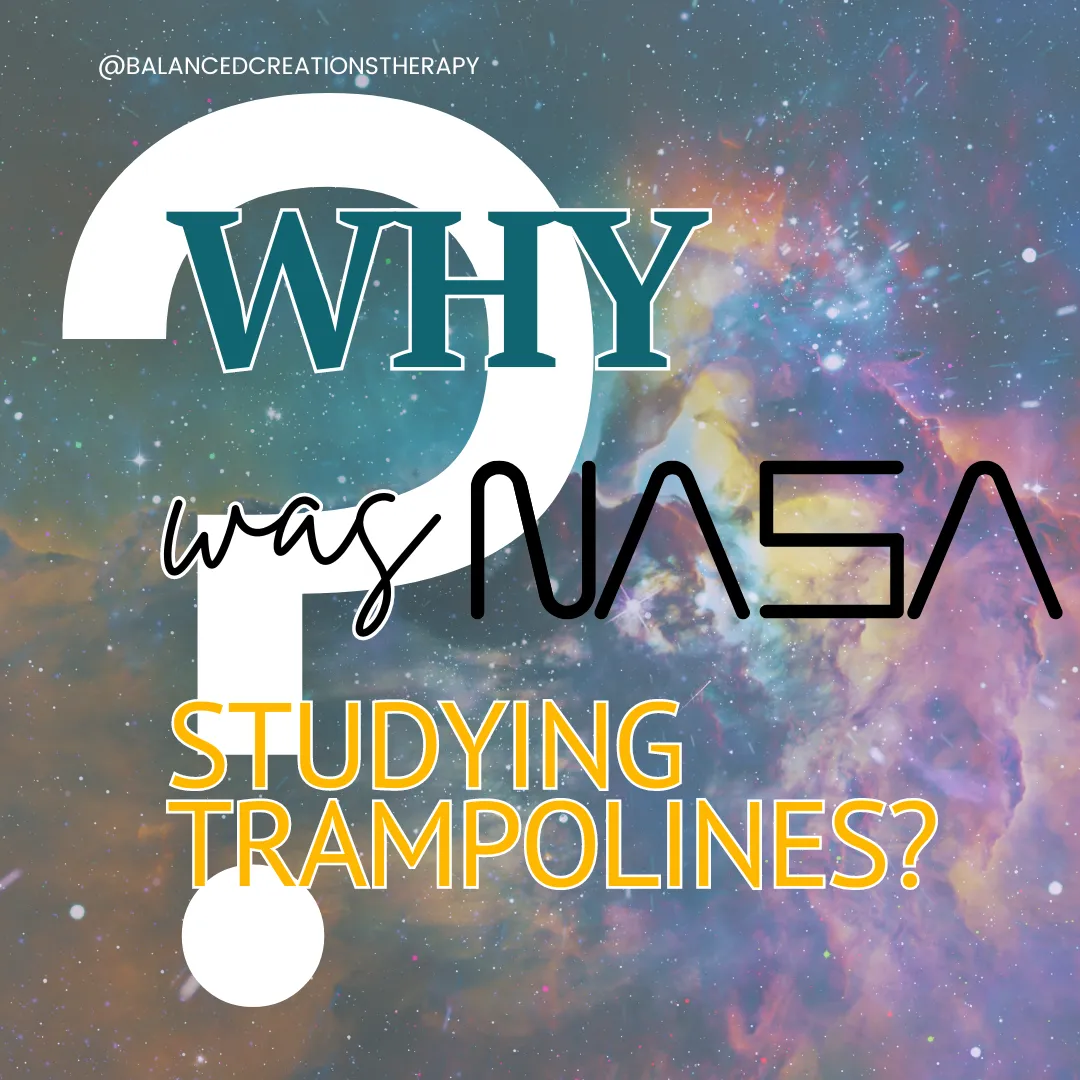
Why NASA Studies Trampolines: The Surprising Connection to Pediatric Physical Therapy and Developmental Movement
How NASA’s Trampoline Research Impacts Pediatric Physical Therapy & Rehabilitation
Introduction:
Trampolines are commonly seen as a source of backyard fun, but their potential benefits extend far beyond just entertainment. In the 1980s, NASA conducted a fascinating study on trampoline exercise that has since proven to have significant implications for pediatric physical therapy and developmental movement education. At Balanced Creations Therapy & Trampoline, we incorporate the benefits of therapeutic trampolining into our programs, helping children and individuals of all abilities achieve optimal wellness.
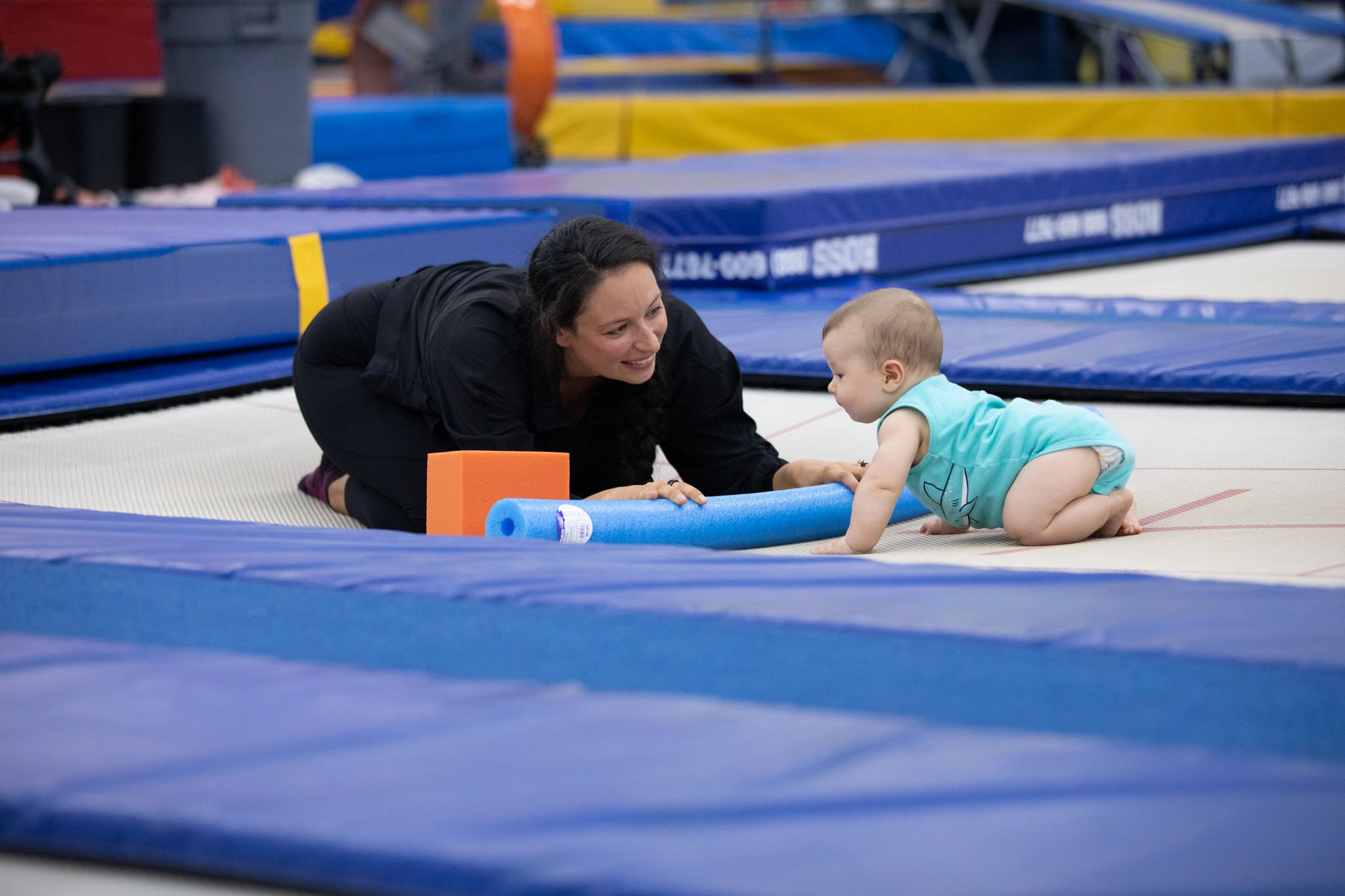
The Surprising NASA Trampoline Study:
In the 1980s, NASA conducted a study titled "Body acceleration distribution and O2 uptake in humans during running and jumping," exploring the biomechanical effects of trampoline exercise on the body. While the study may seem unconventional, its findings have valuable applications for rehabilitation therapy. The research delved into the impact of trampoline jumping versus running on human biomechanics, oxygen uptake, and heart rate.
The study involved eight male participants performing treadmill running and trampoline jumping at varying intensities. The researchers measured acceleration at different points on the body, including the ankle, back, and forehead. The results were fascinating:
Trampoline jumping induced greater biomechanical stress compared to treadmill running, making it an effective tool for rehabilitation programs focusing on improving strength, endurance, and cardiovascular fitness.
Acceleration forces were more evenly distributed during trampoline exercise, reducing strain on specific joints, which could help prevent injury.
The study also found that the frequency of acceleration during trampoline jumping was more consistent, providing smoother, more controlled movements compared to running.
These findings highlight why trampoline exercise may be a game-changer in pediatric physical therapy and rehabilitation.

5 Key Takeaways for Pediatric Rehabilitation Therapists Using Trampolines
Trampolines Induce Higher Biomechanical Stress:
NASA's research found that trampoline jumping imposes greater biomechanical stress on the body compared to running. This can be incredibly beneficial in helping kids improve musculoskeletal strength and cardiovascular fitness during therapy.Impact Forces are More Evenly Distributed on Trampolines:
Trampoline jumping transmits impact forces more evenly across the body, reducing the strain on specific joints. This makes it an excellent option for children undergoing rehabilitation for joint or muscle-related issues.Trampoline Offers Smoother & More Controlled Movements:
The frequency components of trampoline jumping were found to be more uniform compared to running. This means that movement patterns during trampoline exercise are smoother and more controlled, making it easier to integrate into therapy programs for children who are still developing motor coordination.A Unique Form of Stimulus for Therapy:
Trampoline exercise can provide a unique cardiovascular and muscular stimulus for children undergoing rehabilitation therapy. This is especially useful for children who are recovering from immobility due to illness or injury.Further Research Is Needed:
Although the NASA study provides valuable insights, it also indicates the need for further research to fully understand the long-term benefits and risks of trampoline therapy for specific rehabilitation protocols.

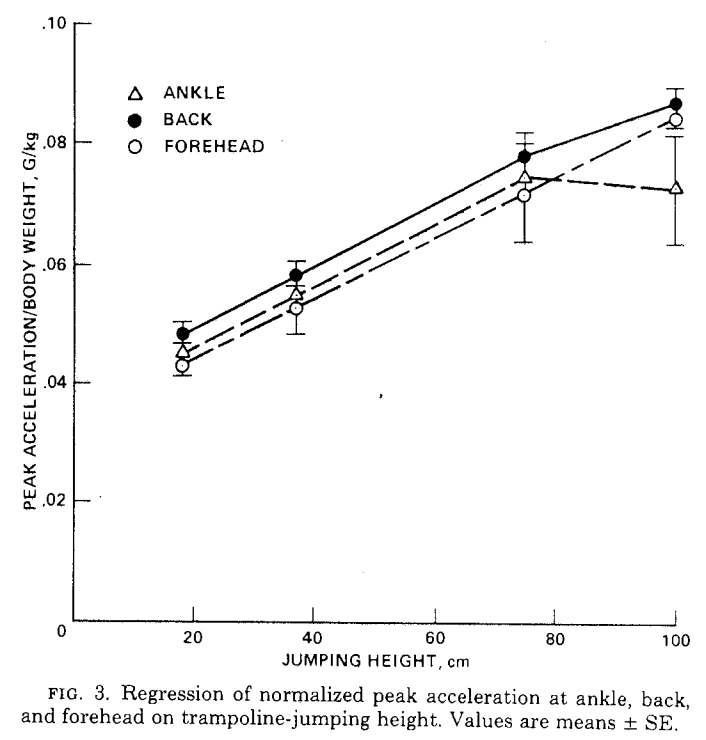
How NASA's Trampoline Research Can Enhance Pediatric Therapy:
At Balanced Creations Therapy & Trampoline, we take the insights from NASA's research and apply them to create pediatric physical therapy programs that are engaging, fun, and highly effective. Trampoline therapy helps children develop strength, improve coordination, and regain mobility in a controlled environment. The added benefit of developmental movement education makes trampoline exercises perfect for building lifelong physical and mental wellness.
Through our personalized trampoline programs, children learn essential motor skills, balance, and muscle coordination. We’ve seen firsthand how trampolining can promote confidence and empowerment in children, enabling them to take control of their physical health.

Conclusion:
NASA’s study on trampoline exercise opened up exciting possibilities for rehabilitation therapy, and at Balanced Creations Therapy & Trampoline, we’re proud to incorporate these findings into our therapeutic programs. By harnessing the biomechanical benefits of trampolining, we help kids achieve optimal wellness while having fun. Whether it's for building strength, improving mobility, or enhancing overall health, trampoline therapy offers a fresh and effective approach to pediatric physical therapy.
Further Reading:
For those interested in the details of the original NASA study, the article can be accessed here:
Bhattacharya, A., McCutcheon, E. P., Shvartz, E., & Greenleaf, J. E. (1980). Body acceleration distribution and O2 uptake in humans during running and jumping. Journal of Applied Physiology: Respiratory, Environmental and Exercise Physiology, 49(5), 881-887. Read the full article here.
Subscribe for Updates on Therapeutic Trampolining:
Want to learn more about how trampolining can benefit pediatric physical therapy and developmental movement education? Be sure to subscribe to our blog for future updates on therapeutic trampoline research and innovative therapy techniques. You can also follow us on Instagram @BalancedCreationsTherapy for more tips, updates, and behind-the-scenes content.
Ready to help your child thrive? Contact us today to schedule a consultation for pediatric physical therapy in Fort Worth, Texas.

Confident Child

Coming Soon.
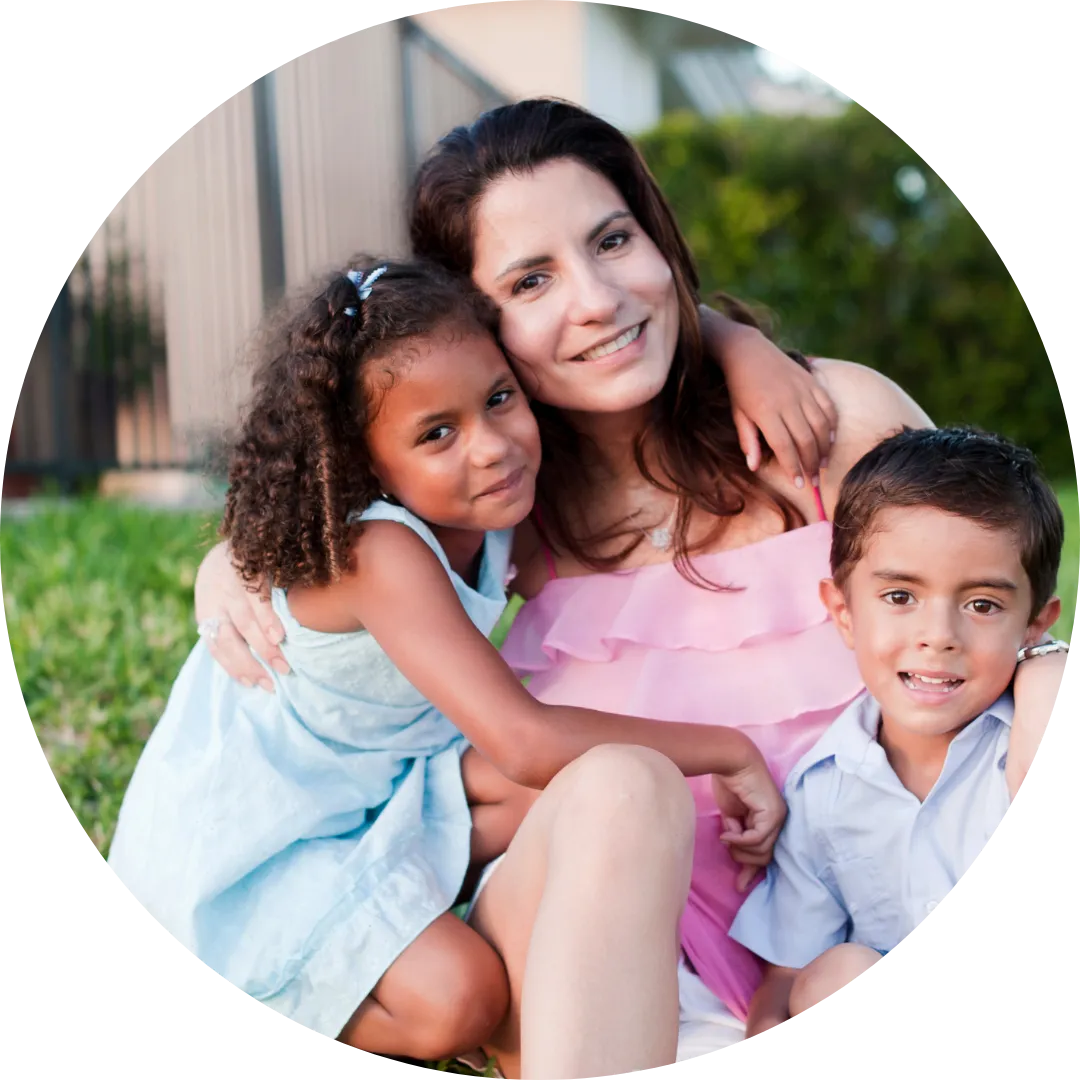
Supported Mother

Coming Soon.
Hear From Our Clients
We support the whole child.
We try to take a holistic approach to physical therapy and support the whole child and their family to meet them where they are at along their life journey.
